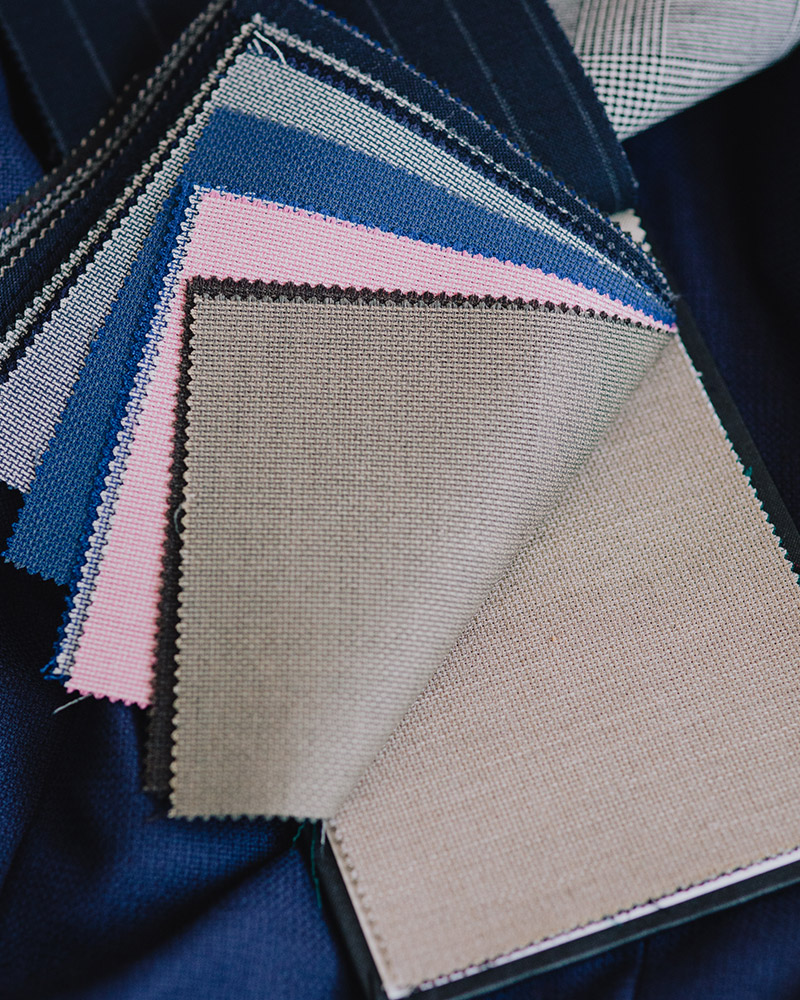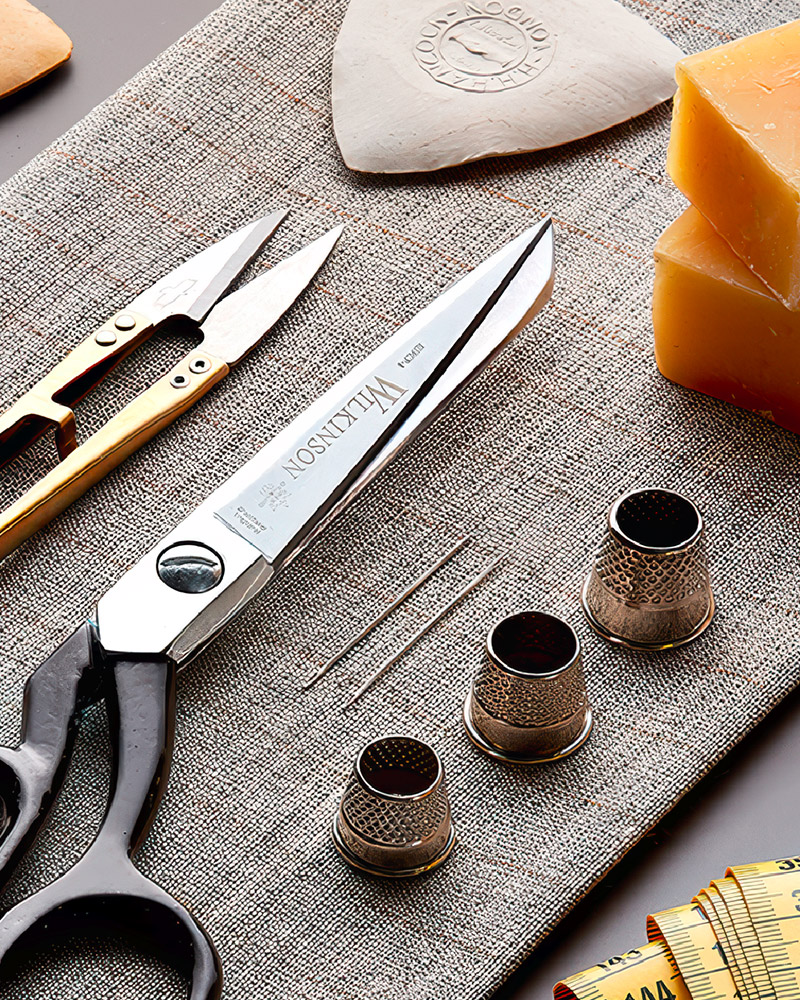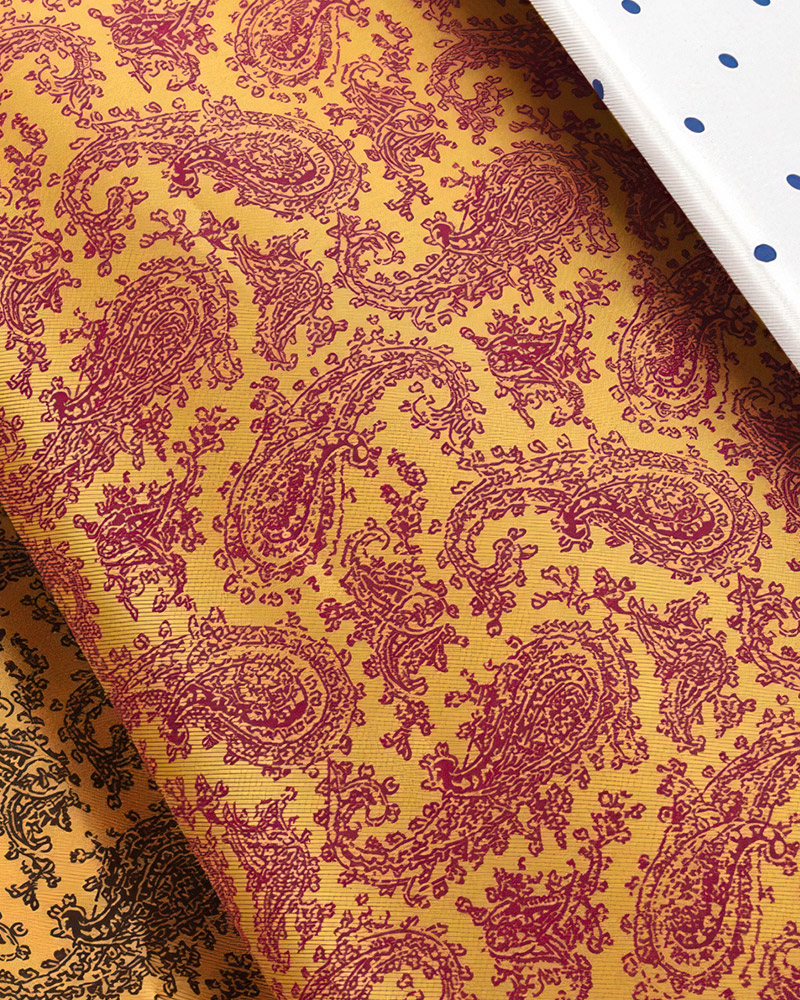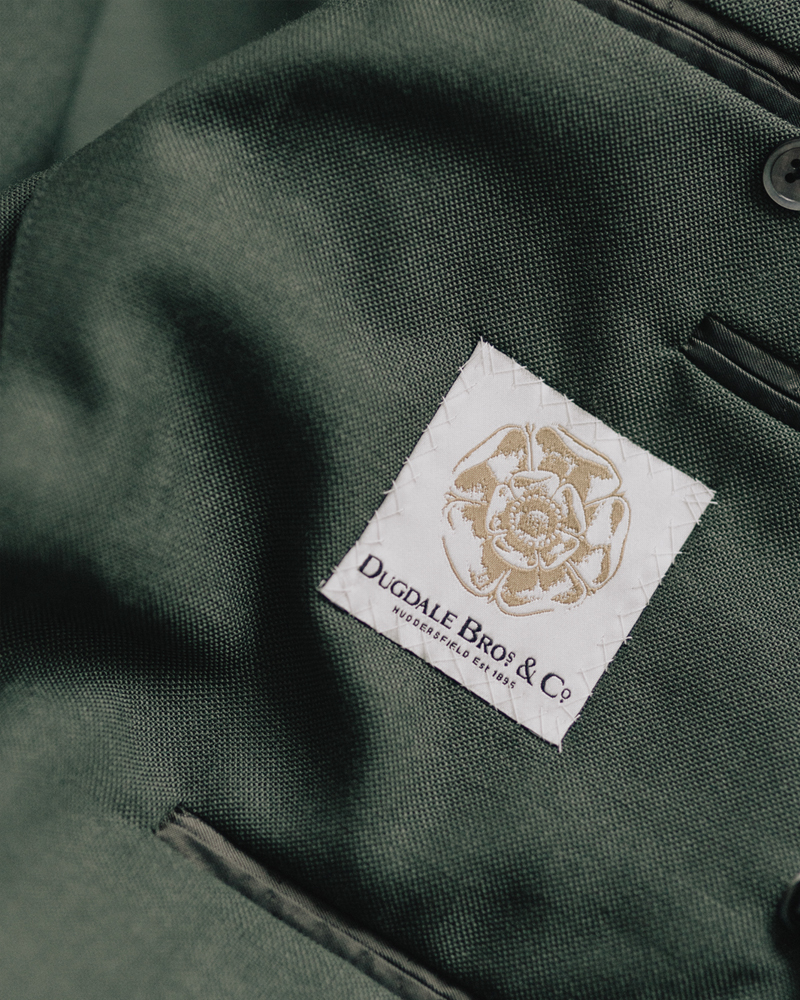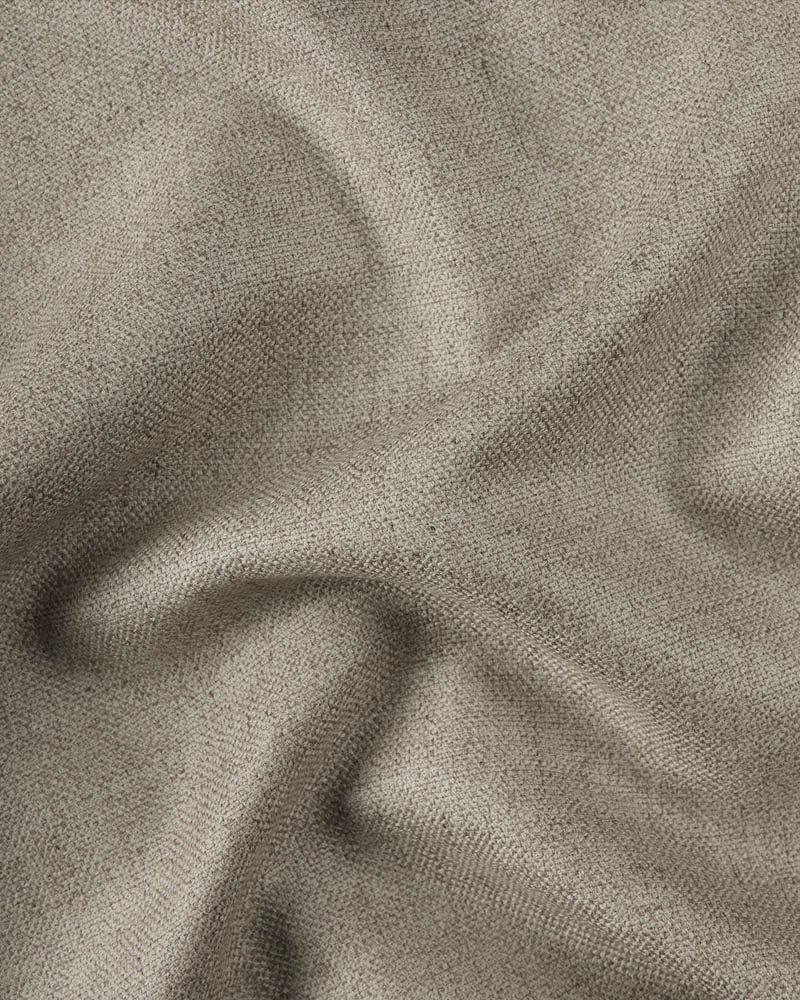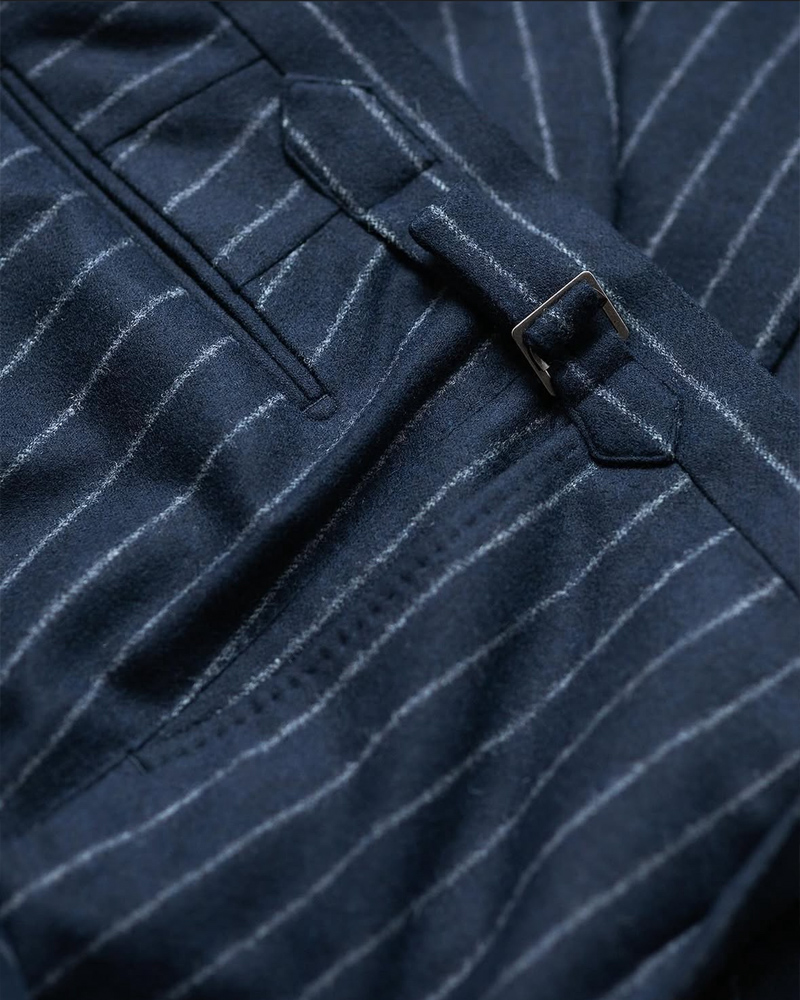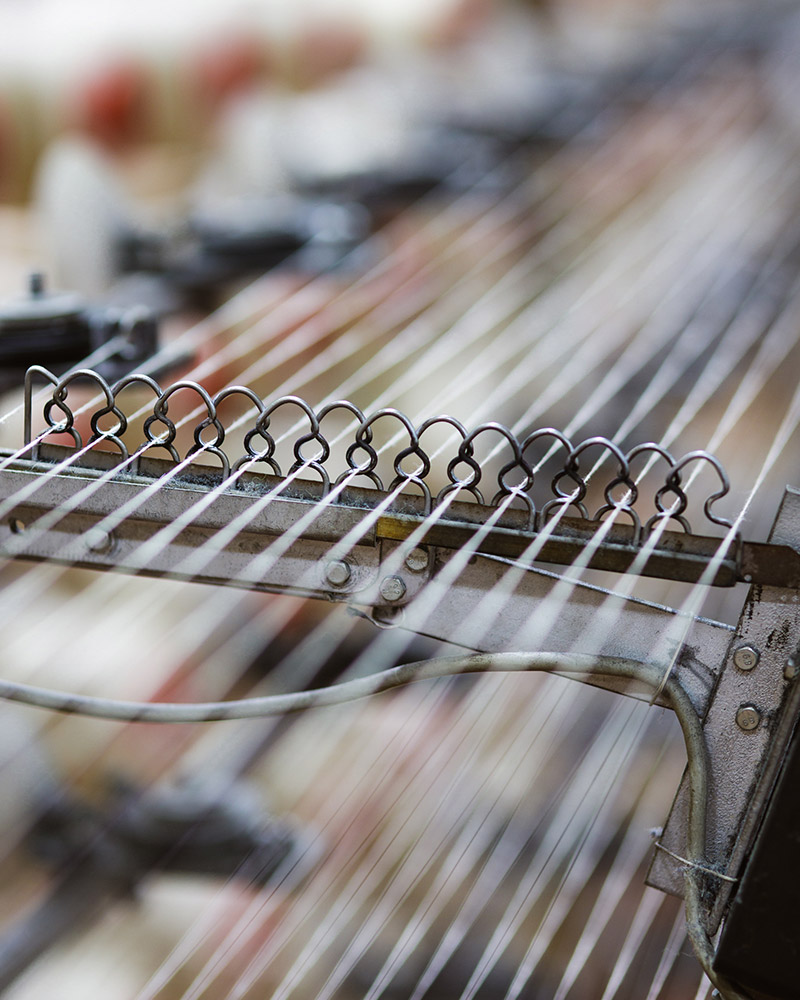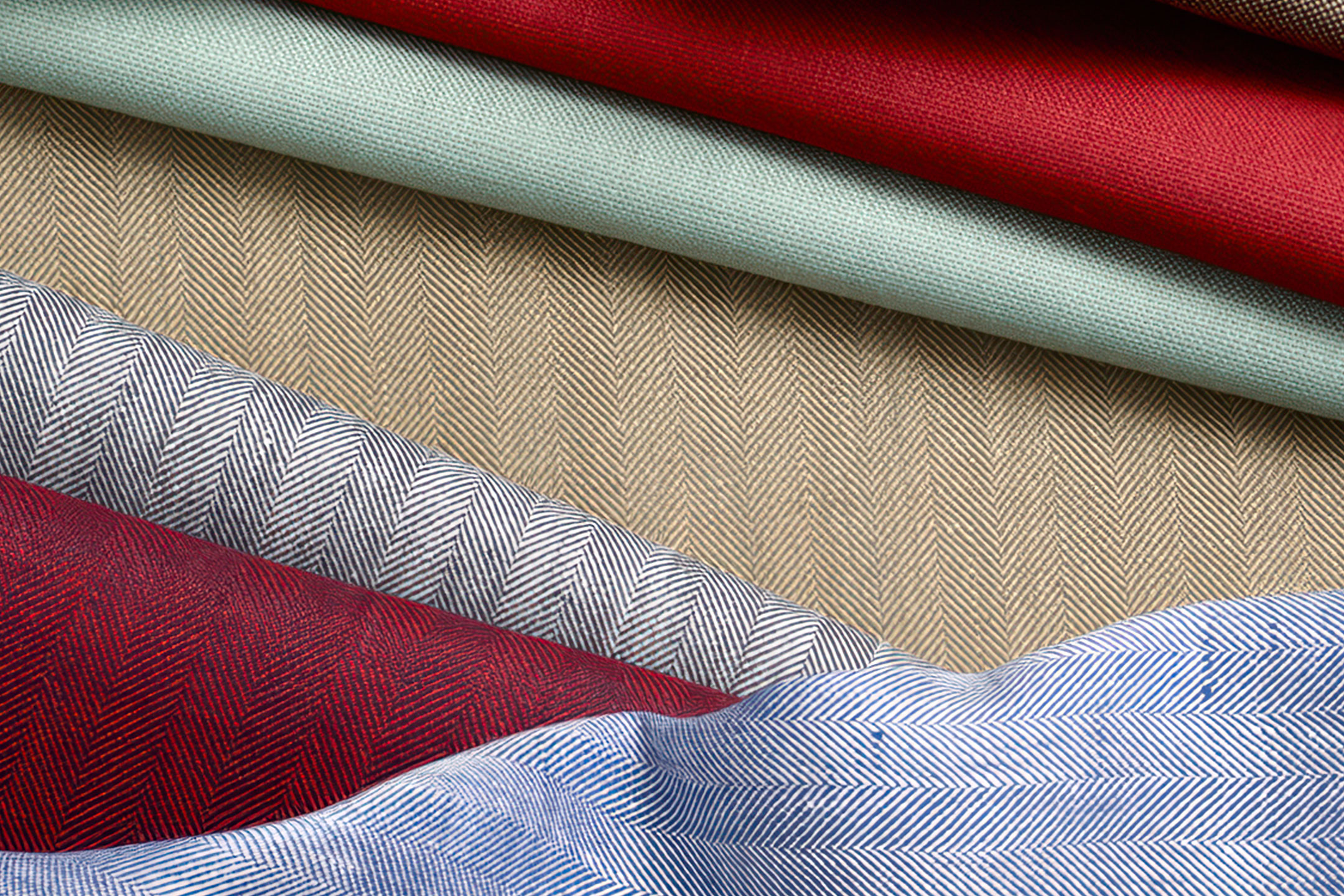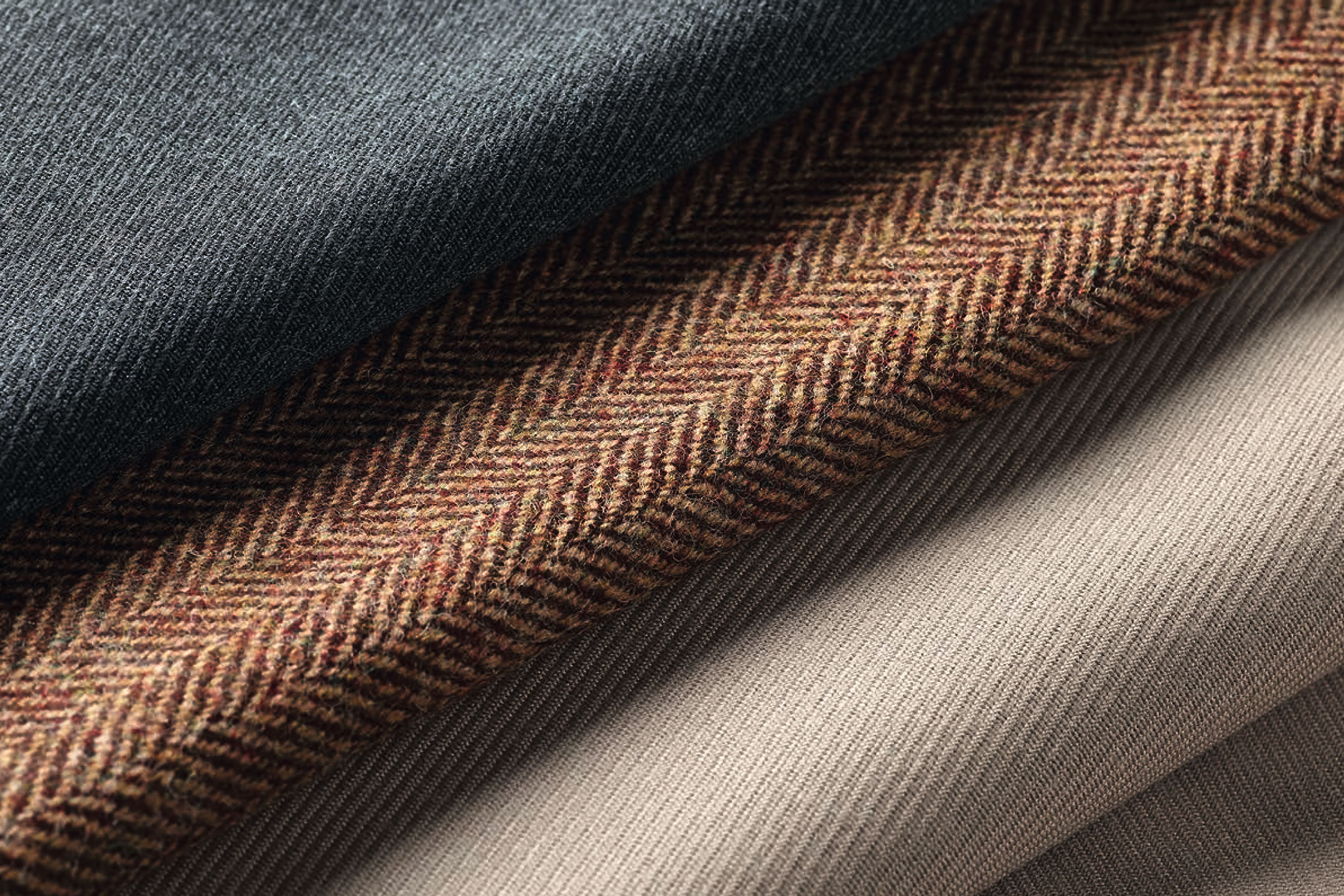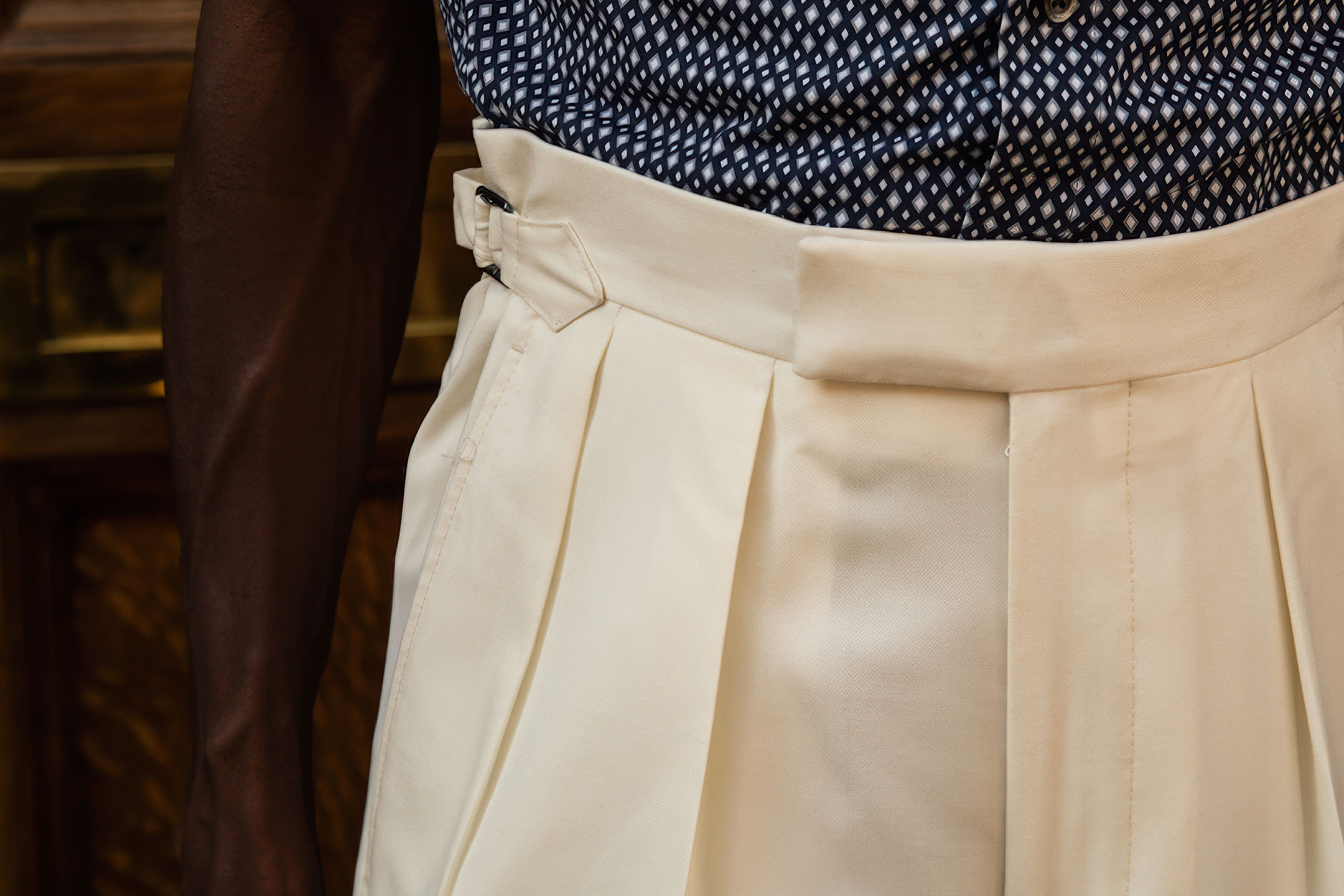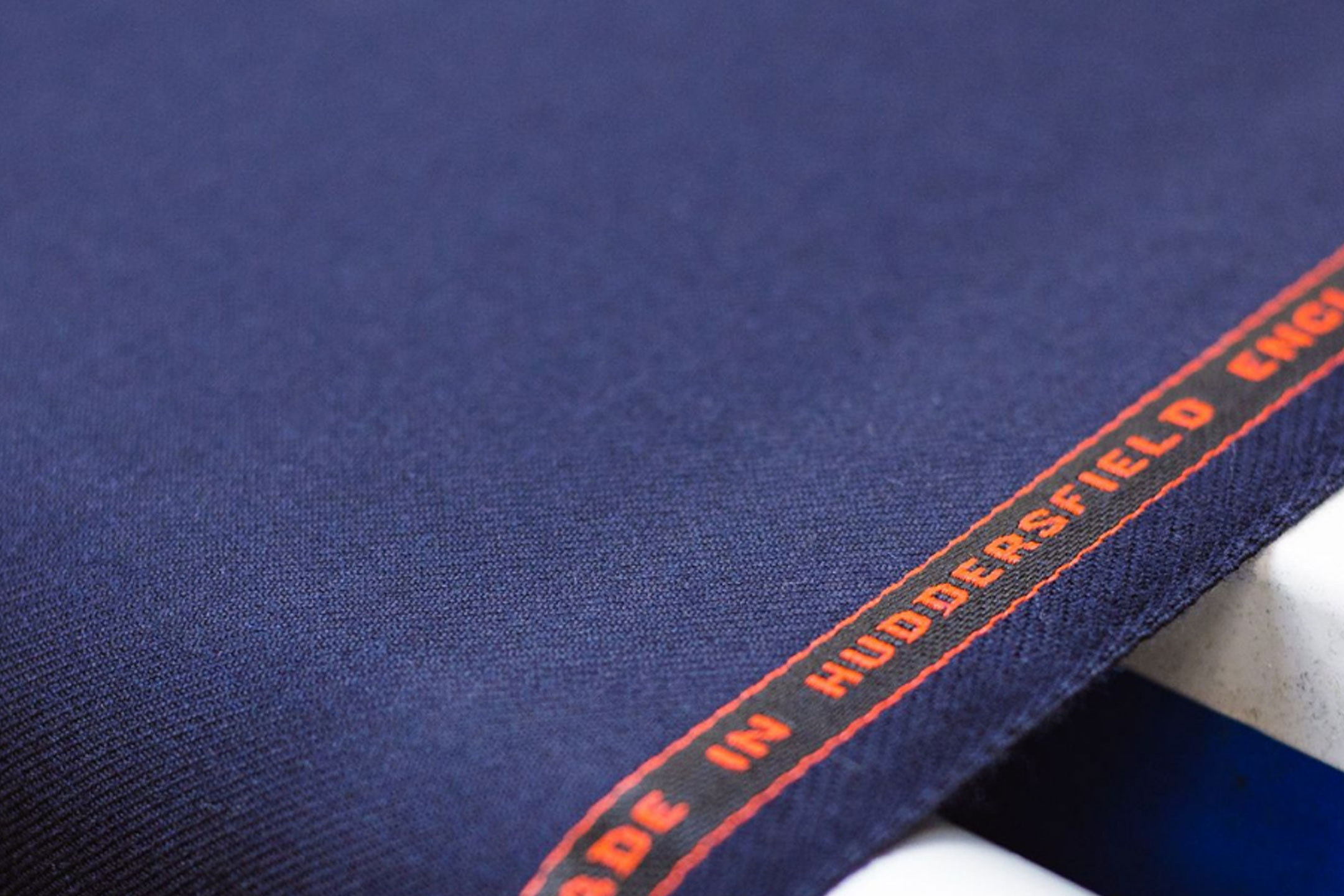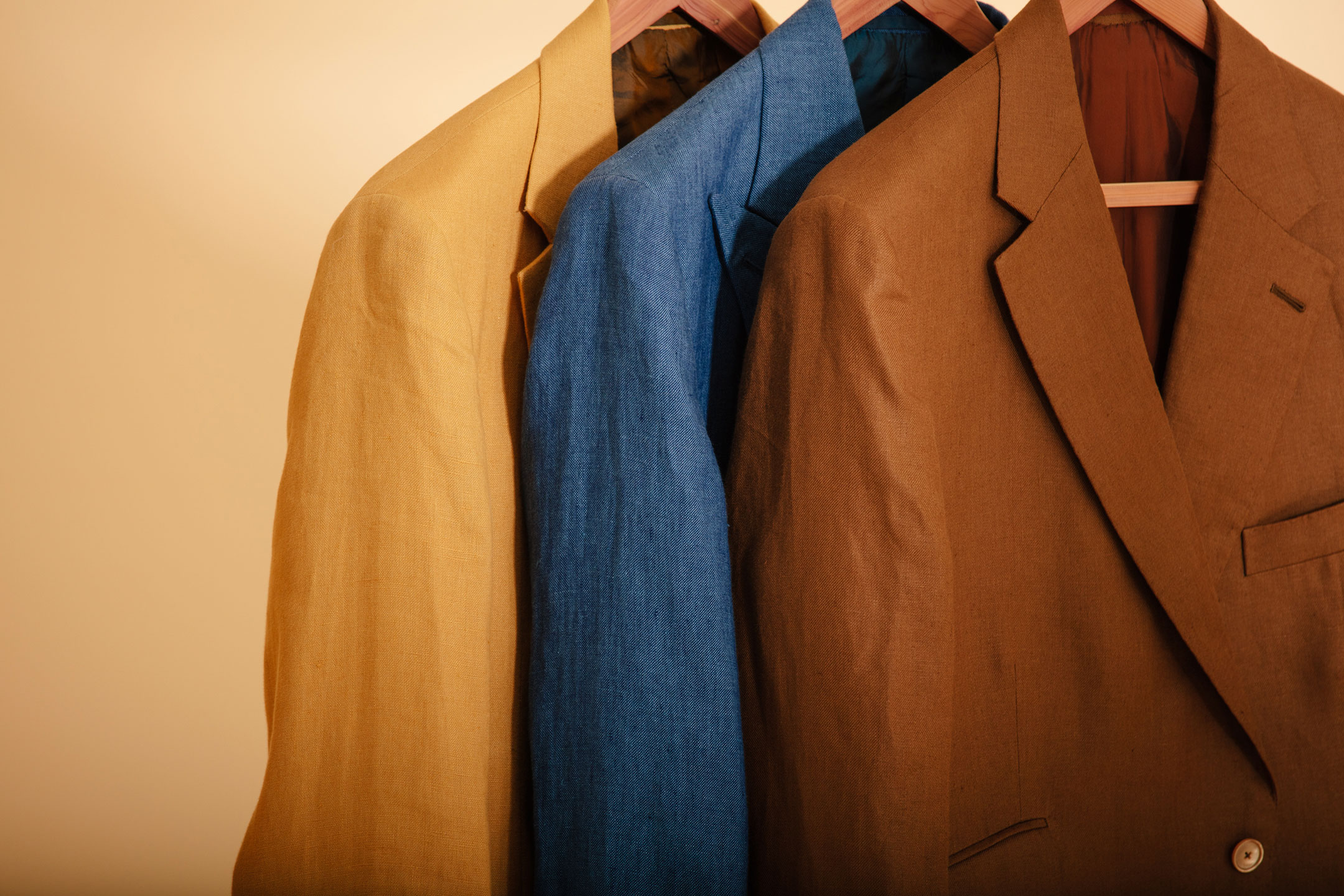One of the textile industry’s most timeless fabrics, linen is a versatile and luxurious cloth which is perfect for the warmer climes of the spring and summer months.
This classic material is used by tailors and designers worldwide and this year, Dugdale Bros expands its linen offering with two new, tastefully designed collections: Lisburn and Crommelin. Through sourcing linen manufactured in Ireland, both collections guarantee the finest-quality cloth from the world’s most renowned linen producer.
History
Hailed as one of mankind’s earliest textile materials, the origins of linen span ancient civilisations and millennia – with the earliest evidence of its production dating back to ancient Swiss lake settlements in 8000BC.
However, perhaps linen’s most iconic and widely known usage is rooted in the time of Ancient Egypt, where it was revered as a fabric which symbolised purity and wealth. As well as utilising it for clothing, the Egyptians also included it in their rituals and ceremonies – commonly referring to the cloth as ‘woven moonlight’.
Modern-day linen is still manufactured in much the same way as it was throughout history, with the long, reed-like fibres found inside the flax plant being extracted by water retting. This entails soaking weighted-down plants in slowly-moving waters, before drying and combing the fibres and then spinning these into yarn to weave into fabric.
Arriving in Ireland thousands of years after its Egyptian beginnings, the Emerald Isle occupies the heart of the valuable linen trade. Having been recognised since the 12th century as a producer of this high-quality fabric, to this day Ireland remains known as the world’s finest linen manufacturer.
Appointed by William III to reform Ireland’s embryonic linen industry, French linen weaver Louis Crommelin settled in the northern Irish city of Lisburn in 1698, with a colony of Hugenot weavers and artisans. During this time, the weaver oversaw the royal linen manufacturing and established the first commercial flax mill.
Inspiring the names of Dugdale’s two newest collections, Crommelin’s pioneering spirit undoubtedly catalysed the burgeoning linen trade, and Lisburn soon became known as the birthplace of this treasured cloth.
Fashion
Over the years, linen has not lost its luxurious appeal, and as well as being a popular fabric among tailors and designers, its strong and practical properties make it a widely used material throughout the home – from bedding and towels to upholstery and art canvases.
While pure linen is still manufactured in bulk in other parts of the world such as Italy, Russia and China – to name but a few – there are many elements to the manufacturing process which position the Irish cloth in a superior league to its worldwide counterparts.
The unrivalled heritage of Irish linen – encompassing the admirable skills bequeathed from previous generations and the fineness of the yarns – is the principal reason why this lustrous cloth is famed across the globe. To put this renown into context, Queen Elizabeth II and Jackie Kennedy are both known to have worn linen pieces by one of Ireland’s leading clothing designers, Sybil Connolly.
The fabric’s proliferation in tailoring is clearly illustrated by its incremental upsurge over a 20-year timeframe – with 70% of the world’s linen production used to produce fashion garments in the 1990s, juxtaposed with only 5% in the 1970s.
With environmentally-friendly products being more in demand and on-trend than ever, linen is a firm favourite among designers and tailors looking for a natural and sustainable material for their fashion pieces.
Known for its lightweight properties and versatility, linen can also come in a variety of colours, prints and textures. It is also a material which lends itself well to intricate embroidery and beadwork.
